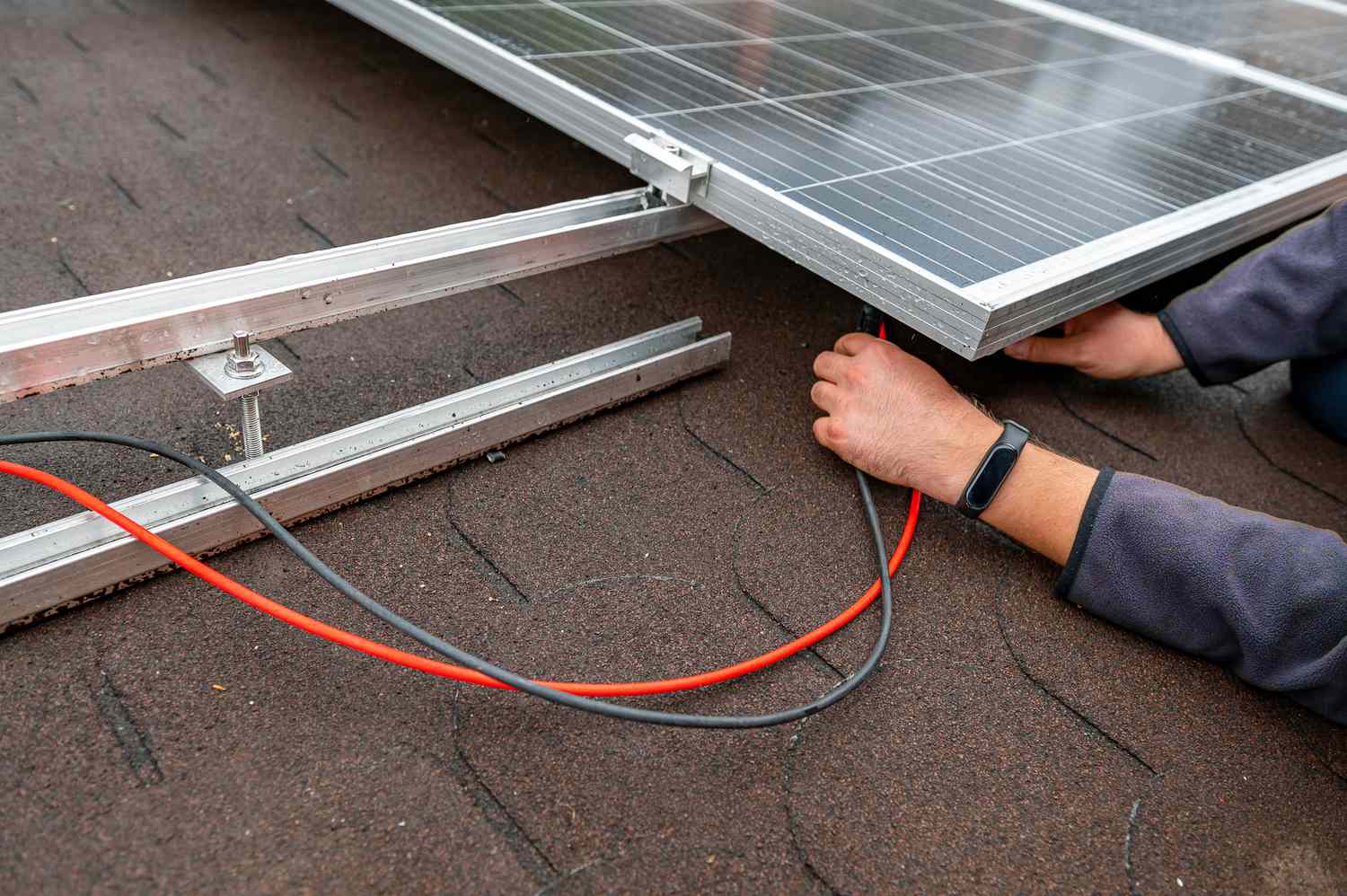
In a country like Pakistan, where electricity shortages are common, embracing alternative energy sources like solar power is not just an environmentally conscious choice but also a practical solution to address energy needs. However, diving into the world of solar energy can be intimidating for beginners, especially when understanding the intricacies of Solar Wiring in Pakistan. This beginner’s guide aims to simplify the process and equip you with the knowledge to embark on your solar journey confidently.
Understanding Solar Wiring Basics
Understanding solar wiring basics is crucial for anyone harnessing the sun’s power to generate electricity. Solar wiring involves carefully installing and connecting various components to ensure the efficient flow of electricity within a solar power system. Here are some key concepts to grasp when it comes to solar wiring:
Direct Current (DC) vs. Alternating Current (AC)
Solar panels produce direct current (DC) electricity, which is converted into alternating (AC) electricity for homes and businesses. Understanding the difference between DC and AC is essential for designing and installing a solar power system.
Cable Types and Sizes
Choosing the right cables for your solar installation is vital to ensure safety and efficiency. Solar cables are typically rated based on their current-carrying capacity and resistance to environmental factors such as sunlight and moisture. Using cables of the correct size and type minimizes energy loss and prevents overheating.
Series vs. Parallel Connections
Solar panels can be connected in either series or parallel configurations. In a series connection, the positive terminal of one panel is connected to the negative terminal of the next panel, increasing the voltage output. In a parallel connection, the positive terminals are connected, as are the negative terminals, increasing the current output. Understanding the implications of series and parallel connections is essential for optimizing the performance of your solar power system.
Wiring Diagrams
Creating a wiring diagram is crucial in the design and installation process. A wiring diagram visually represents how the various components of the solar power system are connected, including solar panels, charge controllers, batteries, and inverters. A well-designed wiring diagram ensures that the system operates safely and efficiently.
Safety Precautions
Working with electricity can be dangerous, so taking appropriate safety precautions is paramount. This includes wearing personal protective equipment, following proper installation procedures, and ensuring all components are properly grounded and bonded. It’s also essential to comply with local building codes and regulations to ensure the safety and legality of the installation.
Components of a Solar Power System
Your solar wiring system comprises several key elements:
- Solar cables: These specialized cables connect panels in series or parallel, depending on your desired voltage and current output.
- Connectors: MC4 connectors are the industry standard, ensuring secure and weatherproof connections.
- Conduit: This protective tubing safeguards cables from the elements and physical damage.
- Inverter: This device converts the DC electricity from your panels into usable AC power for your home.
- Circuit breakers: They act as safety switches, protecting your system from overloads and short circuits.
- Grounding system: This essential component ensures the safe dissipation of excess electricity.
Essential Regulations and Safety
In Pakistan, the Alternative Energy Development Board (AEDB) sets the standards for solar installations. Ensure your system complies with these regulations and relevant safety codes like the National Electrical Code (NEC).
Choosing the Right Professionals for Solar Wiring in Pakistan
Selecting the right professionals is crucial for a safe, efficient, and hassle-free solar installation. Here are some key steps to navigate this process in Pakistan:
1. Qualifications and Certifications
- Look for installers certified by AEDB or internationally recognized bodies like NABCEP (North American Board of Certified Energy Professionals).
- Verify their electrical licenses and ensure they comply with relevant national and local regulations.
- Check if they carry specific certifications for solar photovoltaic (PV) systems.
2. Experience and Expertise
- Ask about their experience installing systems similar to yours, considering your roof type, system size, RCA Cables, and desired functionalities.
- Inquire about their experience with specific brands of panels, inverters, and other equipment you’re considering.
- Request references from past clients and follow up to understand their experience and satisfaction.
3. Transparency and Communication
- Choose professionals who clearly explain the technical aspects of the system and address your questions patiently.
- Ensure they provide a detailed written proposal outlining the scope of work, equipment specifications, warranties, and costs.
- Ask about their approach to safety measures and adherence to industry best practices.
4. Reputation and Reviews
- Look for online reviews and testimonials from past clients on platforms like Google Reviews, Facebook, or specialized solar directories.
- Check their standing with industry associations or consumer protection agencies.
- Consider recommendations from friends, family, or neighbors who have successfully installed solar systems.
5. Get Multiple Quotes
- Obtain quotes from 3-5 qualified installers to compare pricing, equipment options, and proposed system designs.
- Beware of extremely low quotes, which might compromise quality or safety measures.
- Focus on the overall value proposition, considering not just the initial cost but also warranties, long-term performance, and after-sales service.
Conclusion
In conclusion, solar energy holds immense promise as a sustainable and renewable power source for Pakistan. By understanding the fundamentals of solar wiring and embracing the latest technologies and best practices, individuals and businesses can harness the sun’s power to meet their energy needs while reducing their environmental footprint.




